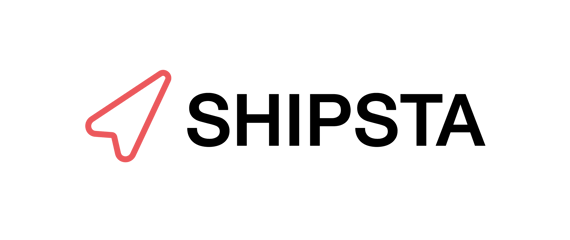The freight procurement processes can be like navigating a maze – complex and challenging. As the saying goes, “smooth seas never made skillful sailors”, but how can you navigate these rough waters and come out on top?
With so many variables and stakeholders involved, simplifying freight procurement processes is not an easy task; on the contrary, it becomes more challenging as companies scale their business. According to Gartner, more than 50% of supply chain leaders expect complexity to increase over the next years in most aspects of the operating model.
So, how can you streamline freight procurement while addressing its complexity? Let’s tackle 3 effective ways for you to navigate through the supply chain maze and become a skillful sailor of your procurement process.
1. Take a multi-dimensional approach to transportation procurement
In today's fast-moving global supply chains, it’s harder than ever to effectively manage all its many dimensions. But sometimes, taking a step back and looking at the big picture can be the key to success – and in freight procurement, it is.
To master the complexity of transportation procurement, you first need to take a multidimensional approach through the different attributes of the process. It involves millions of data points, considering factors such as reliability, capacity, modes of transport, rate-specific data, compliance, lanes, or shipping volumes.
-1.png?width=448&height=477&name=MicrosoftTeams-image%20(76)-1.png)
Illustration: supply chain complexity with examples of different criteria considered in transportation procurement
The number of players involved in supply chains also tends to increase as businesses seek to become more diversified, resilient, and productive while managing risk. But this naturally makes it highly challenging to address all attributes of sourcing and procurement.
Taking a holistic approach, you can manage complexity while considering the multiple factors that influence your transportation procurement and optimizing all aspects of the process.
2. Leverage specialized technology for better outcomes
With increasingly complex supply chains, Excel spreadsheets or generic platforms cannot model the complexity of transportation procurement, nor yield data-driven decisions. This is why a specialized digital solution for transportation becomes a must:
- Considering the multiple data that freight procurement requires, such as industry-specific rate structures, flexible bid events, or surcharges, using an advanced platform is key to both integrating all critical data as well as ensuring a cost-effective performance.
- With freight procurement solutions, you can instantly surface insights and underline opportunities that would be otherwise very hard (or even impossible) to compile from standalone data sources or multipurpose procurement tools.
- By automating many of the manual tasks, like rate management and benchmarking, you can gain higher execution power and proactively address market shifts.
Specialized solutions like SHIPSTA are already enabling shippers to control freight costs, manage risk and build efficiency in their supply chain while automating complex workflows. If you want to explore how you can also free up your time to focus on more strategic areas with greater impact, book a personalized consultation here.
3. Foster connectivity across the entire supply chain ecosystem
Freight procurement is not a standalone process; it’s actually at the heart of the supply chain ecosystem and plays a crucial role in establishing seamless connectivity among stakeholders.
From sourcing & purchasing, contract management, or transport planning, probably you can relate to many existing solutions to manage supply chain activities. But the main challenge is that many of these systems do not ensure interconnectivity. They don’t talk to each other to create a common data lake from which to gain greater control and insights.
SHIPSTA’s platform brings added value to enterprises by connecting transportation procurement with the entire supply chain and client-specific ecosystems. Through flexible APIs, it interoperates with key solutions, from market intelligence to transport visibility, freight settlement, TMS, ERP, or other legacy systems – so that you can build an end-to-end freight process powered by data, from strategy to execution.
With the right technology partner in place, you can easily address the multidimensionality of freight procurement while building your own connected ecosystem. And this will indeed be the game changer for today's and tomorrow's supply chain leaders in maximizing efficiency and simplifying complexity to ultimately stay ahead of the market.
"Leaders manage complexity while laggards react to complexity and let it define their supply chain".
Lora Cecere - Supply Chain Insights
Uncover here how PUMA is already automating their freight procurement processes while effortlessly addressing its complexity to power up their logistics competitive advantage.

